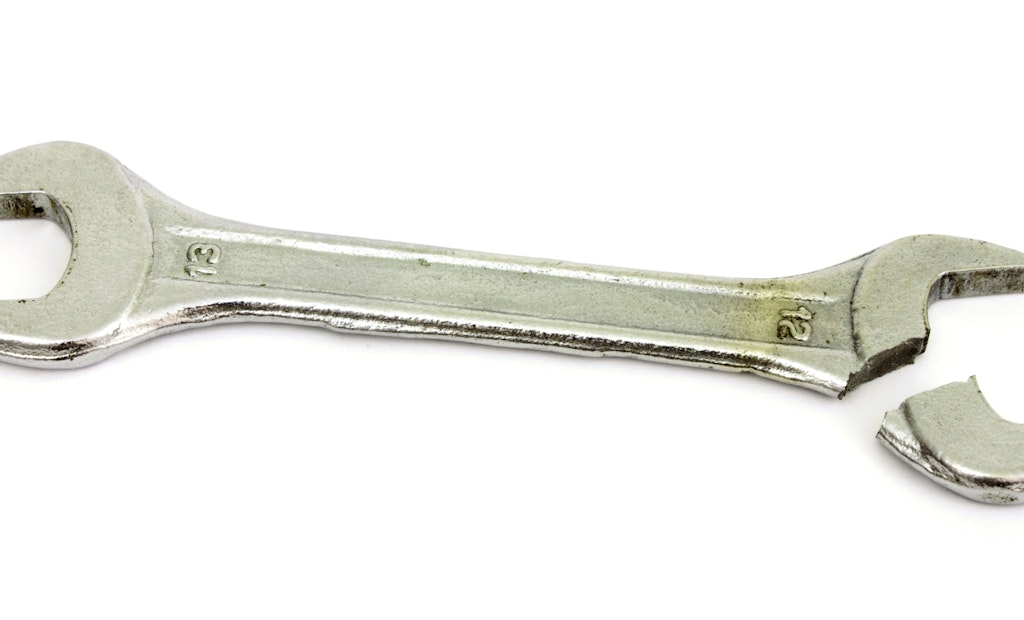Interested in Cleaning?
Get Cleaning articles, news and videos right in your inbox! Sign up now.
Cleaning + Get AlertsTo continue the discussion of equipment maintenance (see Part 1 here), now we’ll take a look at strategies to preserve the life of the most expensive and important part of your drain cleaning machine: the cable.
Why is this important? It’s the cable that does all the physical work when you clean a drain. Your machine, no matter how impressive, is just a delivery system for the snake. So, you could have the most innovative drain cleaning machine in the world — computer operated, solar powered, self-cleaning, whatever — but if it didn’t have a great cable inside, how successful would you be cleaning drains?
There are many styles and designs of drain cleaning cables on the market: hollow, loose inner core, double wound, left and right-hand wound, and of course General’s own Flexicore Cable. As a 90-year veteran of the drain cleaning business, it won’t shock you to discover that we have point of view when it comes to drain cables.
First, we have noticed that the type of cable that you are using can impact how long that cable lasts. Inner core cables like Flexicore, when used properly, last longer than hollow cables, no matter who is using them. Also, we have found that it is easier to teach someone new to the industry how to use a Flexicore cable than other types of equipment. The reason for this is that there is really only one instruction: go slow and let the rotation of the cable cut its way through the obstruction. It’s a drill, not a hammer. Someone can grasp this concept within minutes and become proficient within hours.
It’s been the experience of our reps and distributors that when they switch a customer from another brand of cable to Flexicore, they begin breaking fewer cables. So, the first thing to look at when resolving to preserve the life of your equipment is the brand of cable. We know that some prefer to use hollow cables that will jump down the drain faster than a Flexicore. Some use the trick of embedding the cutter head into the obstruction, letting torque build up, pulling back on the cable to release just before the cable breaks, and then mowing through the obstruction at high rpm. Yes, we know that Flexicore won’t do that. However, did you know that we can cut through a solid wood two-by-four 20 feet down the drain with Flexicore? There’s not much out there that you won’t be able to handle with our cable, and you’ll break far fewer of them — and it’s easier for your staff and new people to learn.
Next month, we’ll discuss drain cleaning decisions, and how they contribute to your equipment’s longevity.
Stay safe and well.





